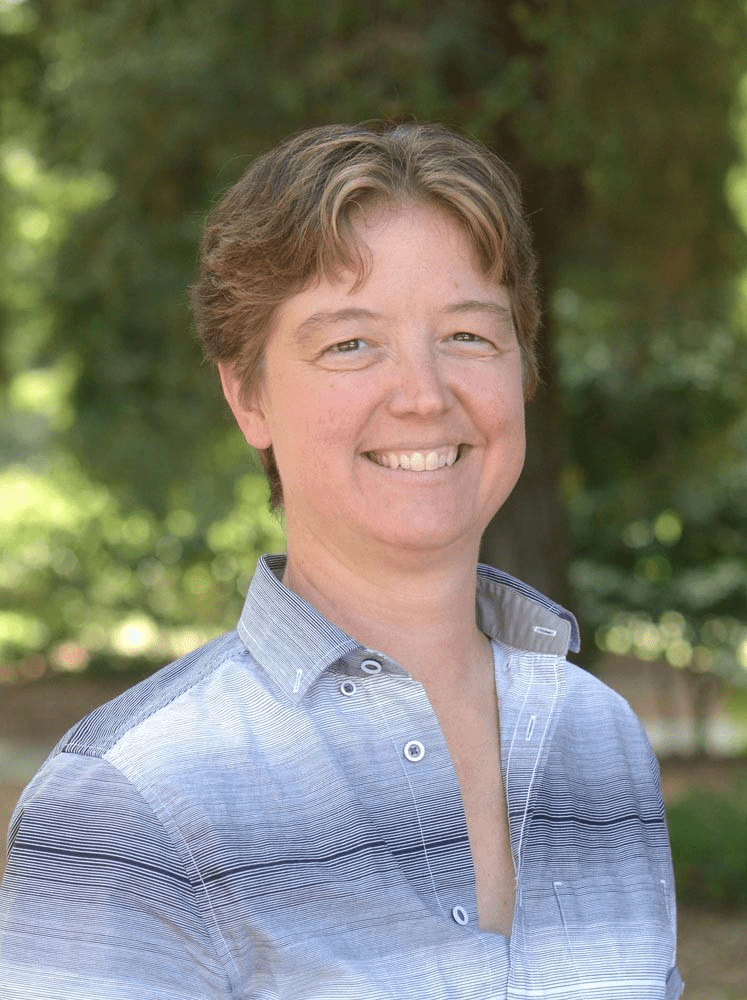In the early weeks of Fall 2016, Prof. Janice Hudgings of Pomona College tasked the sophomores in her Modern Physics course with identifying the scientists whose work was presented in the course textbook. The results: of the credited scientists, 99% were male, and 98% were white. These statistics are only the beginning. Since the late nineties, the stunted — and at times decaying — rate of bachelor’s degrees earned by the nation’s Black scientists has been painfully evident to members across various STEM fields. Notably, the field of physics has faced ,,some of the lowest rates, dropping from ~4% in 1997 to ~3% in 2017.

It is statistics like these, in conjunction with academic and financial barriers too frequently experienced by students of color, that formed the basis of Prof. Hudgings’s “Building Equity” discussion. Addressing members of the STEM community at Amherst College, she shared various strategies “to develop more equitable pedagogies and to build actively anti-racist and inclusive STEM departments.”
Prof. Hudgings suggests attributing these striking statistics to both a lack of representation and a lack of ample support systems throughout academic institutions stemming from a more passive policy of equality. Striving for equality alone does not take into account the various inequities that minoritized students face even before attending institutions of higher education or the ongoing impacts of bias and privilege in our disciplines and universities. The “equality” mentality simply perpetuates this trend across a student’s four years of undergraduate study. Instead, Prof. Hugdings advocates for an anti-racist standpoint based on the principles of active identification and reconstruction of problematic, normalized policies and behaviors. Using recent changes implemented in her Modern Physics course at Pomona as a reference point, Prof. Hudgings provides three “keys” to such active intervention.
The first key to building equity in the classroom is diversifying the physics canon, whose goal is addressing and metaphorically turning the page on the exclusively white cast of historical scientists by introducing more work by underrepresented physicists. While this change to the curriculum is successful and still pays homage to more mainstream scientists, Prof. Hudgings acknowledges that this key alone is not sufficient for building equity. By itself, this key would risk engaging in tokenism – the act of creating an impression of the promotion of equity.
The majority of progress lies in the second key, which calls for building equity into the physics curriculum. The proposed changes can be categorized into two parts, the first emphasizing the discussion of bias and privilege in science throughout the academic semester, and the second entailing a collaborative project. In addition to the conventional physics problem sets, students also complete a weekly reading or watch a video on a range of topics pertaining to bias and privilege, such as microaggressions and structural racism. They then share their thoughts through an online forum created by Prof. Hudgings and engage in further discussion during a lecture or lab period, a new course aspect first suggested by students. The semester culminates with a “Decolonizing Physics and Astronomy” event, featuring ,,poster presentations by students highlighting underrepresented physicists and astronomers, as well as student projects aimed at making the department more inclusive and welcoming. In addition to providing feedback for the discussion aspect of Modern Physics, students unabashedly called attention to the sudden interspersion of the new equity-focused coursework and its lack of proper integration into the conventional technical physics material. This feedback encouraged Prof. Hudgings to switch her pedagogy to complement the ideas promoted through the “equity” portion of the Modern Physics curriculum.
The third key, referred to as collective pedagogy, addresses these concerns by restructuring the typical classroom environment into one focusing on collective academic mastery rather than competitive individual learning. Based on the students’ responses in an anonymous questionnaire at the beginning of the semester, Prof. Hudgings formed teams of students that would work together throughout the semester on assignments and exams and were charged with ensuring the collective success of all of the group members.

Throughout the ongoing redevelopment of the Modern Physics course, student input has been vital, a defining characteristic of Pomona students for which Prof. Hudgings is grateful. Such behavior is fostered by the availability of student leadership positions, including the ,,Peer Mentor, whose responsibility is to orient incoming students from historically underrepresented backgrounds, and the Liaison, an individual who acts as a line of communication between students and faculty. Additionally, Prof. Hudgings affirms that, from her perspective as an LGBT white woman with no lived experience of racism, she could not fully redevelop the course by herself and is grateful to receive feedback based on different perspectives.
Even as it ventures into uncharted waters, the new Modern Physics course continues in this spirit, providing a space for students to pursue activism within a course required for the Physics major at Pomona.
